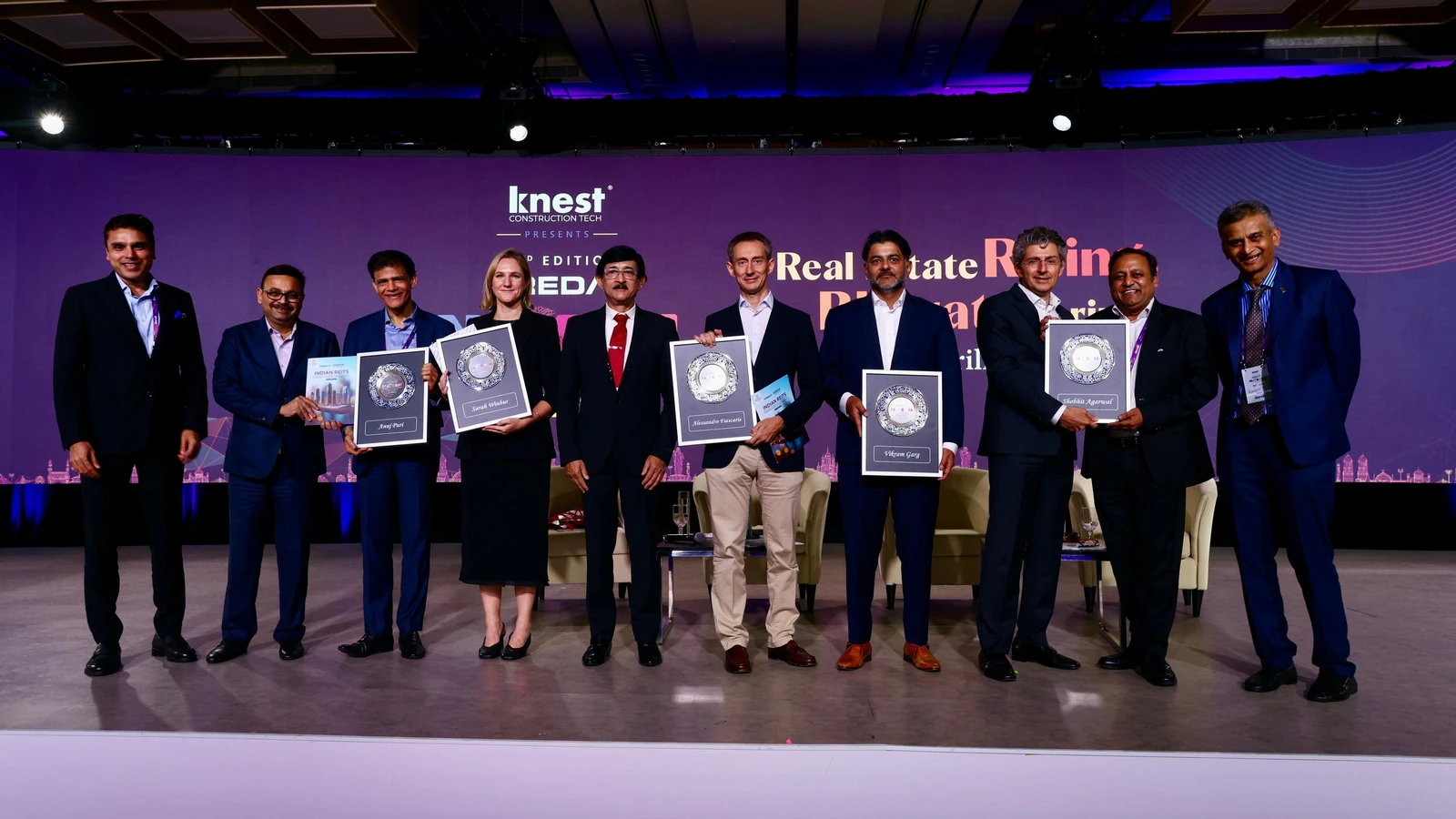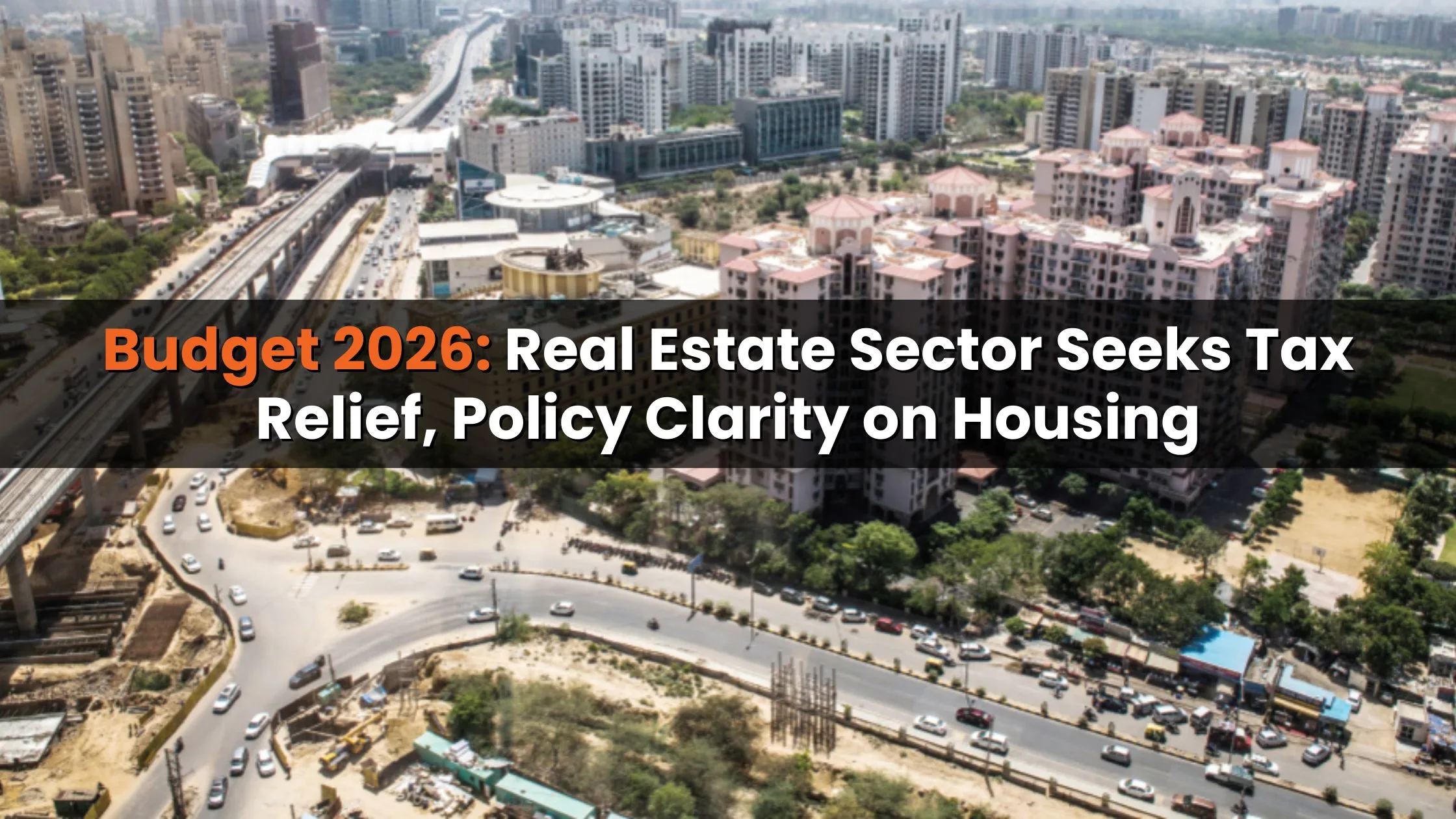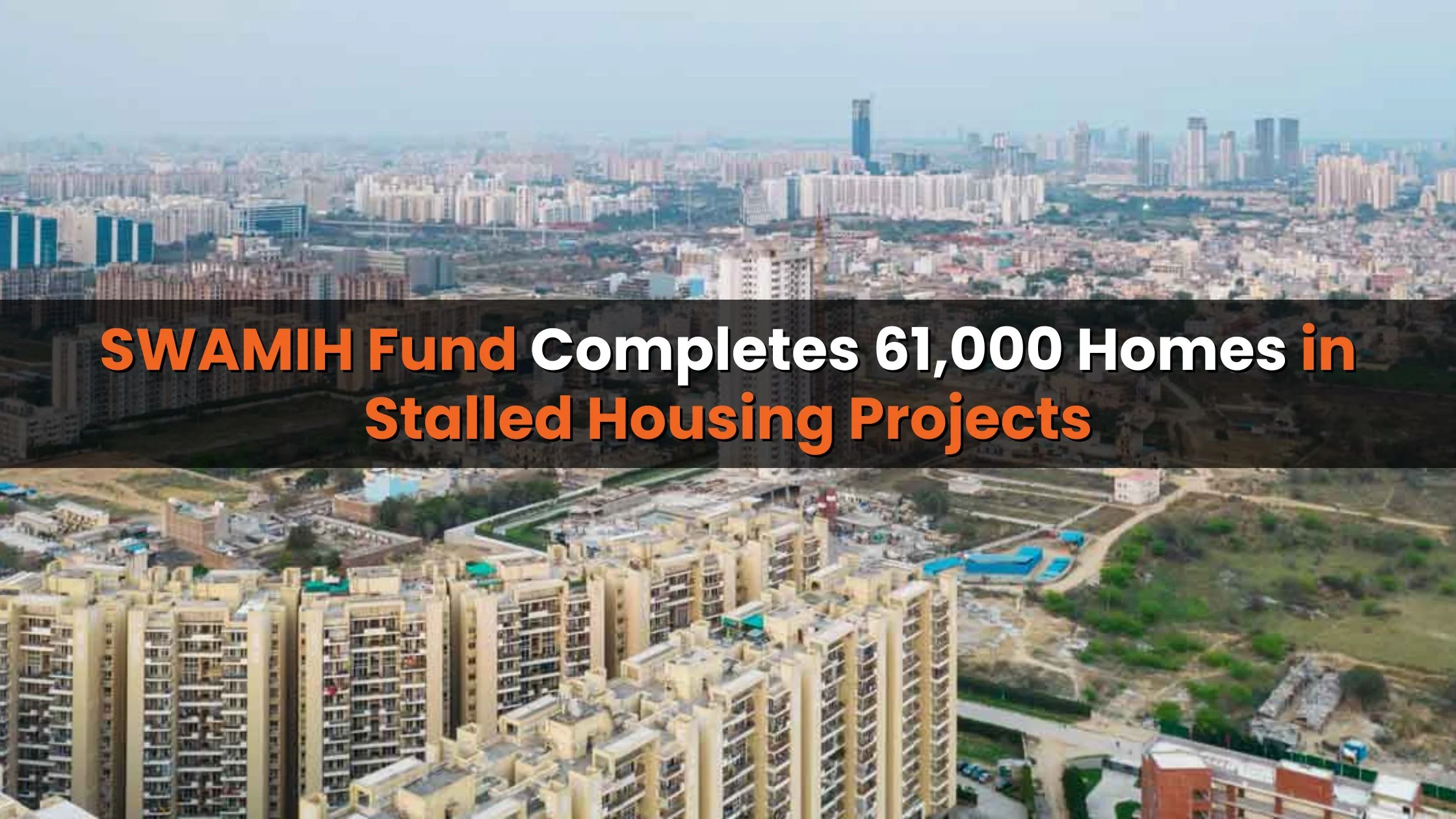Table of Content
- Why Land Reforms Are a Priority
- The National Real Estate Development Framework Vision 2047
- Nine Pillars of Reform Proposed by Credai
- The Green Push and Slum Redevelopment
- Tackling High Costs and Tax Burden
- Workforce Development and Skilling Initiatives
- Execution Roadmap Proposed by CREDAI
- Conclusion
The Indian real estate sector is at a turning point. With its contribution to GDP projected to reach nearly 15% in the coming decades, policymakers and industry bodies are focusing on structural reforms to unlock growth. Recently, Credai pushes for land reforms as part of its ambitious Vision 2047 framework, unveiled at Natcon Singapore.
The plan highlights the creation of 100 ‘cities of tomorrow’, along with reforms like conclusive land titling, a unified digital land registry, the establishment of land banks, and a push towards green development. With real estate directly impacting jobs, housing accessibility, and urban development, Credai’s proposals aim to address long-standing challenges while preparing the sector for India’s next growth phase.
Why Land Reforms Are a Priority
One of the key issues facing real estate in India is the lack of a transparent and efficient land management system. By advocating for conclusive land titling through a Land Titling Act, Credai pushes for land reforms to eliminate disputes and provide legal certainty to buyers and developers.
The introduction of a national digital land registry is another critical recommendation, intended to simplify access, ensure transparency, and reduce fraud. Additionally, the creation of land banks could play a vital role in promoting affordable housing by making land more readily available for planned development.
Secure land rights and accessible registries are fundamental to enabling large-scale urban expansion and boosting investor confidence. Without these reforms, housing affordability and transparency will continue to suffer.
Also Read: Maharashtra Government Plans to Grant OCs to 25,000 Housing Societies in Mumbai
The National Real Estate Development Framework Vision 2047
At the heart of this initiative lies Credai’s National Real Estate Development Framework, which envisions a future where the sector drives both economic growth and social well-being. The roadmap sets out ambitious goals:
- Achieving 100% housing accessibility by 2047.
- Making India a hub for construction technology (con-tech) and property technology (prop-tech).
- Positioning the country as the global leader in ease of doing construction.
Credai pushes for land reforms not as an isolated measure but as part of this larger vision where housing, infrastructure, and sustainability converge to shape India’s future cities.
Nine Pillars of Reform Proposed by Credai
The framework rests on nine interconnected pillars that outline the path for holistic development:
- Land reforms – conclusive titling, digital registry, and land banks.
- Financing – policies to make housing finance more accessible and affordable.
- Redevelopment – transforming slums and aging housing societies.
- Sustainability – promoting net-zero buildings and eco-friendly townships.
- Skill development – preparing the workforce for next-gen construction.
- Urban expansion – creating structured growth through zoning and planning.
- Technology adoption – integrating advanced construction methods and CRM tools.
- Labour welfare – ensuring better use of labour cess and worker benefits.
- Ease of living – integrating cultural heritage, governance, and climate resilience in urban planning.
Together, these reforms aim to transform not just the built environment but also the lives of those who inhabit and build it.
The Green Push and Slum Redevelopment
Sustainability forms the backbone of Credai’s vision. Credai pushes for land reforms alongside the promotion of net-zero buildings and private sector-led green townships to reduce the sector’s carbon footprint.
The framework also highlights the importance of slum redevelopment at the citywide level, rather than small project-based interventions. By approaching redevelopment comprehensively, the government and private sector can ensure inclusive housing and better living standards for millions.
Tackling High Costs and Tax Burden
One of the most striking points in the report is the emphasis on the heavy tax burden on housing. With an effective incidence of 35%–39%, housing is taxed at the same level as petroleum and alcohol.
Credai argues that such taxation makes affordable housing financially unviable, counterproductive to the government’s mission of “Housing for All.” By rationalising the tax structure, policymakers could ease costs for developers and homebuyers, making housing more accessible across income levels.
Workforce Development and Skilling Initiatives
The success of real estate growth depends on the people who build it. Credai pushes for land reforms but also stresses workforce skilling as a critical priority. Recommendations include:
- Setting up trade-specific training centres.
- Conducting state-led demand assessments to ensure skills align with regional requirements.
- Reforming labour cess utilisation so that benefits directly reach on-site workers.
Such measures not only improve productivity but also enhance the livelihoods of millions employed in construction.
Also Read: Housing Sales May Dip by 3% Amid Affordability Concerns but Luxury Homes Gain
Execution Roadmap Proposed by CREDAI
For reforms to succeed, execution is key. Credai proposes a three-tier implementation mechanism:
- Prime Minister–level committee to provide national oversight.
- State-level war rooms to ensure coordination and local execution.
- Phased implementation plans to achieve milestones systematically.
This structure is designed to ensure accountability and smooth rollout, bridging the gap between policy intent and on-ground action.
Conclusion
The message is clear: Credai pushes for land reforms not just as a sectoral demand but as a national imperative. By addressing land titling, creating digital registries, building land banks, and focusing on sustainability, Credai’s Vision 2047 lays out a roadmap for inclusive and transparent growth.
These reforms, if implemented effectively, could lower housing costs, boost transparency, and strengthen India’s position as a global leader in real estate and urban development. For homebuyers, developers, and policymakers alike, this framework represents both a challenge and an opportunity—to build not just homes, but future-ready cities.









Ans 1. The framework aims to transform India’s real estate sector by ensuring 100% housing accessibility, promoting green and sustainable development, adopting construction and property technology, and making the country a global hub for ease of construction.
Ans 2. Land reforms, including conclusive land titling, a unified digital land registry, and the creation of land banks, provide legal clarity, reduce disputes, improve transparency, and make land more accessible for planned housing development.
Ans 3. Land banks are government- or private-sector-managed reserves of land earmarked for housing and urban development. They can help increase availability of land for affordable housing projects and structured urban expansion.
Ans 4. CREDAI emphasizes net-zero buildings, green townships, and large-scale slum redevelopment projects. The focus is on eco-friendly construction, reducing carbon footprint, and creating inclusive urban living spaces.
Ans 5. Workforce skilling is vital for efficient construction. CREDAI recommends trade-specific training centres, regional demand assessments, and better utilisation of labour cess funds to improve productivity and workers’ livelihoods.
Ans 6. CREDAI highlights that heavy taxes (35%–39% effective incidence) make affordable housing financially challenging. Rationalising taxes could reduce construction costs and make homes more accessible to middle- and low-income buyers.
Ans 7. A digital registry ensures transparent, accessible, and verifiable land records, reducing the risk of fraud and disputes, and enabling faster transactions and project approvals.
Ans 8. CREDAI recommends citywide, comprehensive slum redevelopment rather than small, isolated projects, ensuring inclusive housing and improved living standards for millions of urban residents.